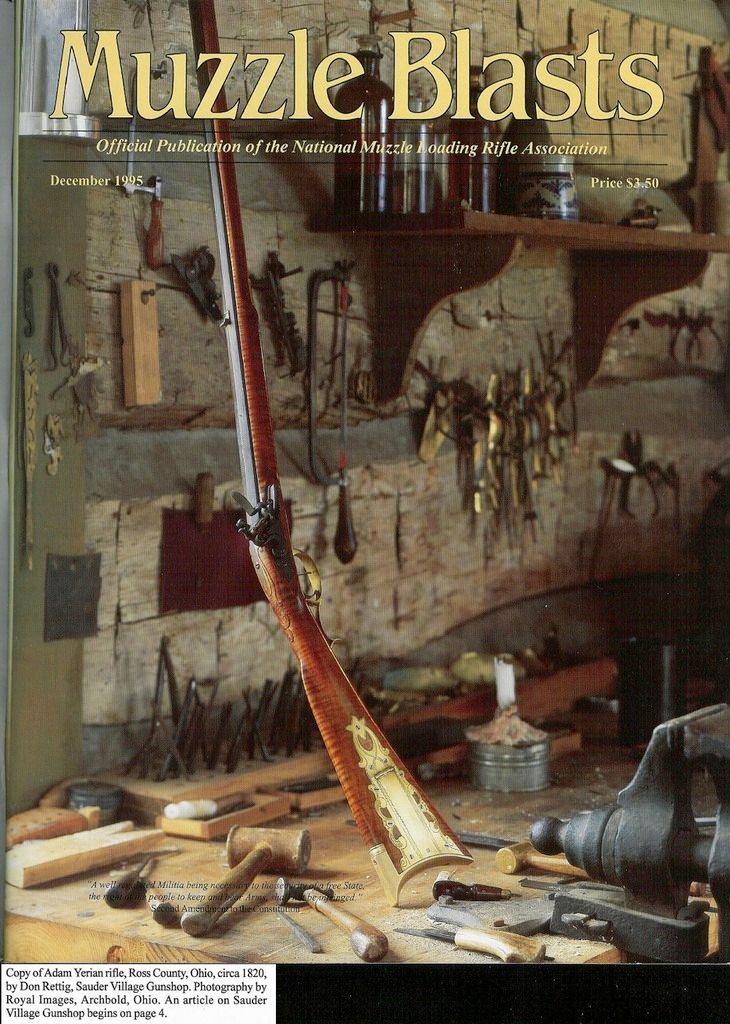Kilted Cowboy
Pilgrim
Question for the forum. How perfect do you think the metal and wood were finished on long rifles in the 1700s? Did they finish them to the point of perfection that I see on this forum? The photos I see are beautiful not a flaw in the stock or the metal. Hours are spent to make them so. On a typical rifle build, not a presentation piece going to a Governor or such, would they have taken the time and did they have the equipment to make them perfect?
I love the look of a perfect rifle, but I also love the look of a rifle that shows it was made by hand with some of the builders soul imparted on it. I am planning my first build and just contemplating theses things. Thanks for your opinions.
I love the look of a perfect rifle, but I also love the look of a rifle that shows it was made by hand with some of the builders soul imparted on it. I am planning my first build and just contemplating theses things. Thanks for your opinions.







